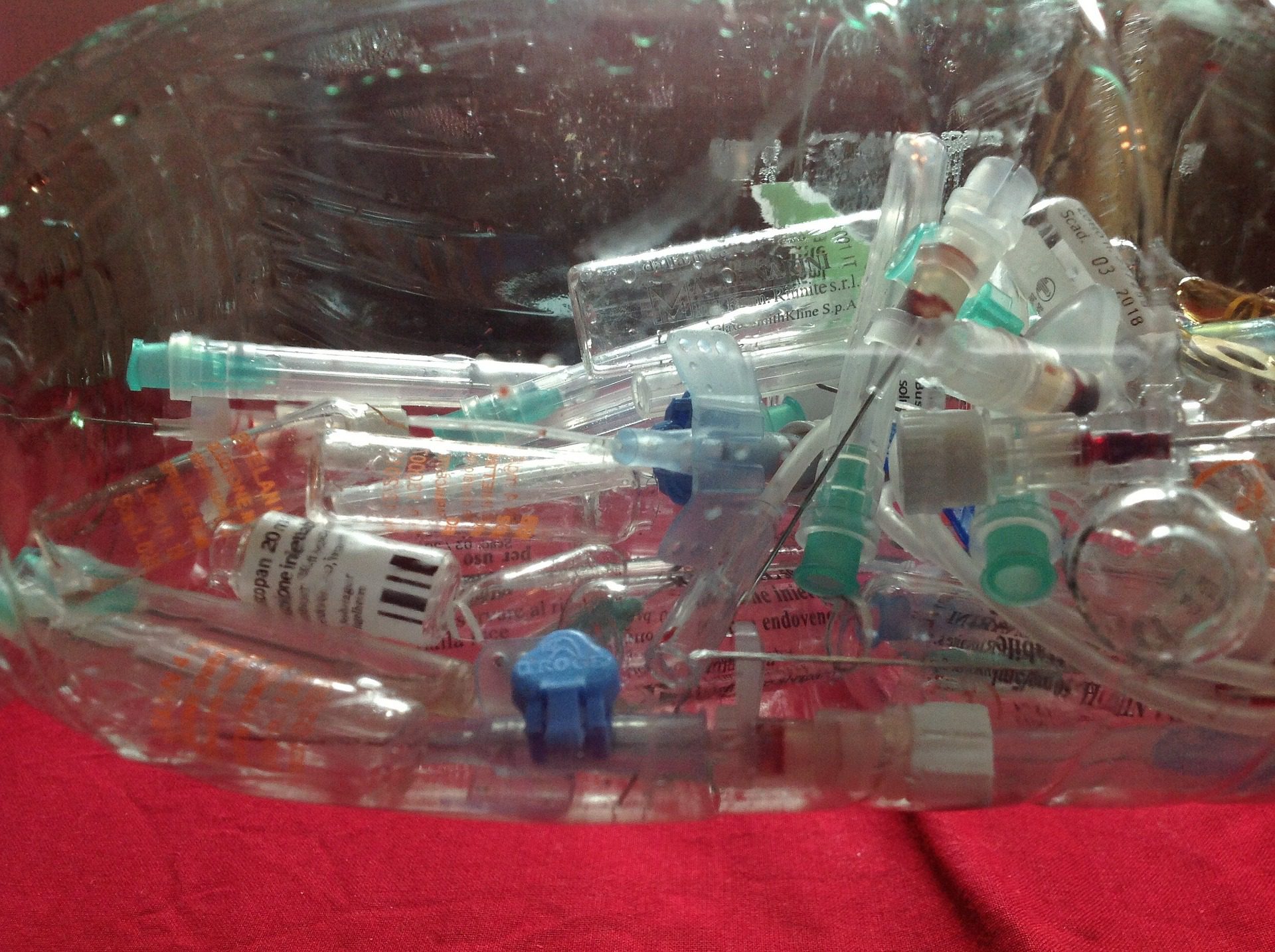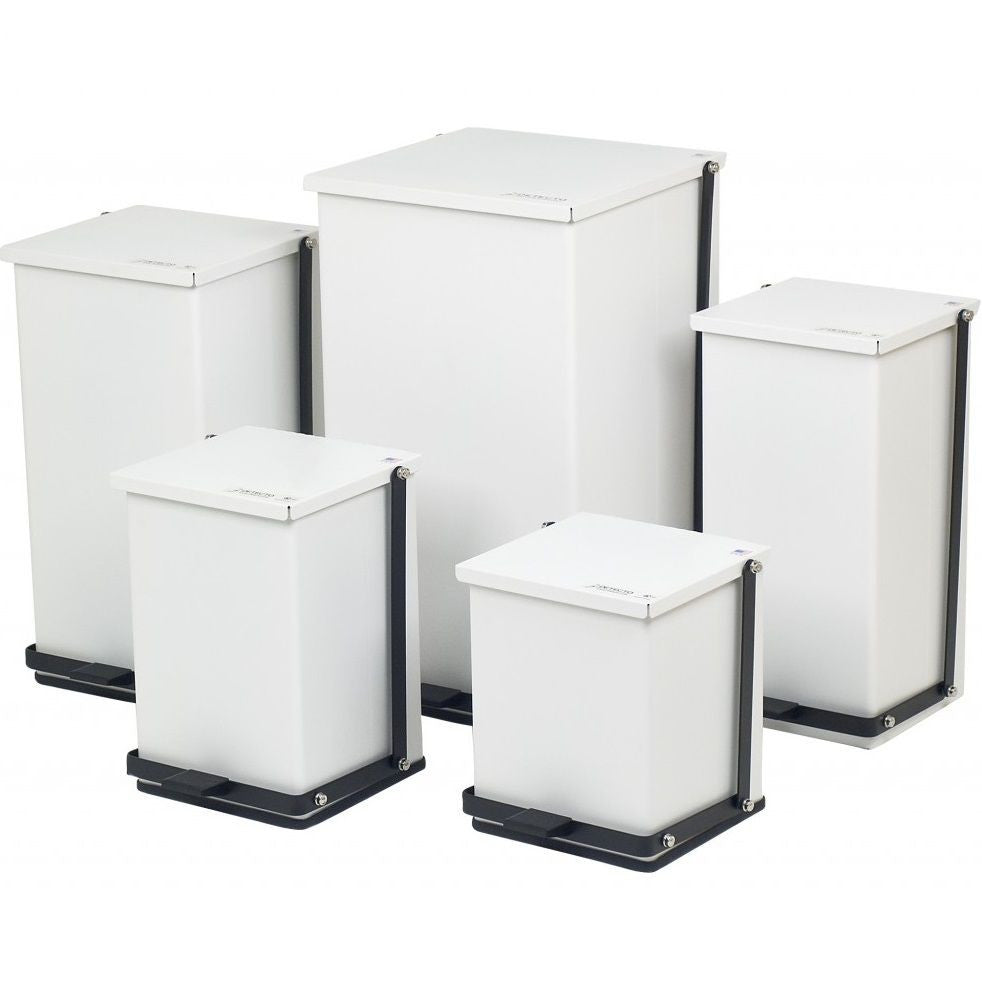Your Trusted Companion: Medical Waste Removal Services Tailored to Your Needs
Your Trusted Companion: Medical Waste Removal Services Tailored to Your Needs
Blog Article
Remain Ahead of Laws: Professional Recommendations on Medical Waste Disposal
In a globe where the healthcare market is regularly advancing, it is imperative for clinical centers to stay ahead of policies when it comes to the proper disposal of clinical waste. From recognizing the different categories of clinical waste to implementing the right collection and segregation approaches, this conversation will certainly offer beneficial understandings and actionable tips to help facilities stay ahead of policies in the ever-changing landscape of clinical waste disposal.
Understanding Clinical Waste Categories
Recognizing medical waste groups is crucial for appropriate disposal and administration in healthcare centers. Clinical waste refers to any waste produced by medical care activities that might present a risk to public health or the setting. It is important to categorize medical waste accurately to ensure its safe handling, transportation, treatment, and disposal.
There are a number of categories of medical waste that healthcare facilities require to be familiar with. The most common classifications consist of infectious waste, pathological waste, sharps waste, pharmaceutical waste, and chemical waste. Each group has certain standards and guidelines for its proper monitoring and disposal.
Pathological waste refers to human tissues, body organs, or body parts that call for special handling and disposal. Drug waste consists of run out, extra, or infected medicines that require careful handling and disposal.
Staying Up-To-Date With Regulatory Changes
Staying current with governing changes is vital for health care facilities to guarantee compliance and appropriate monitoring of clinical waste disposal. medical waste removal service. With guidelines continuously advancing, it is essential for healthcare facilities to stay current to avoid charges, fines, and prospective harm to the atmosphere and public health and wellness
To stay ahead of regulative modifications, health care centers need to establish a system for tracking and tracking updates. This can be done by signing up for governing newsletters, attending workshops and conferences, and actively taking part in industry associations. Additionally, centers ought to mark an employee or group responsible for staying notified and sharing information to pertinent stakeholders.
Normal communication with governing agencies is also important. Health care facilities must establish connections with regional, state, and federal agencies to ensure they recognize any type of modifications in regulations that may affect their waste monitoring techniques. This can be done with routine conferences, engagement in public comment periods, and proactive involvement with regulative companies.
Furthermore, medical care centers must think about partnering with waste monitoring companies that specialize in medical garbage disposal (medical waste disposal services with WasteX). These firms are often skilled in the most up to date policies and can offer advice and assistance to make sure conformity
Applying Proper Collection and Partition Methods
To efficiently handle medical waste disposal, health care facilities should develop proper collection and segregation techniques according to regulatory standards. Implementing these approaches makes certain the risk-free handling and disposal of possibly hazardous products, shields the environment, and lessens the danger of infections and injuries to medical care workers and the public.
Correct collection and segregation methods involve the use of assigned containers and identifying systems. Health care facilities ought to give clearly identified containers for various kinds of clinical waste, such as sharps, contagious waste, pharmaceutical waste, and non-hazardous waste. These containers must be color-coded and clearly marked to avoid complication and promote simple recognition.
In addition, medical care facilities should educate their personnel on the right procedures for gathering and segregating medical waste. This consists of enlightening them on the different sorts of waste, the suitable containers to make use of, and the relevance of following standards and regulations. Routine training sessions and refresher course training courses ought to be performed to guarantee that team members stay current on ideal methods.
Furthermore, healthcare facilities should establish a system for routine collection and disposal of clinical waste. This might include partnering with certified waste monitoring firms that focus on clinical waste disposal. These business will guarantee that the collected waste is moved and gotten rid of in conformity with governing needs.
Picking the Right Disposal Approaches

Incineration is one of one of the most efficient and usual methods for dealing with certain sorts of medical waste, such as pathological waste and sharps. It entails the controlled combustion Bonuses of waste at high temperature levels, reducing it to ash. Incineration can release dangerous contaminants right into the air and contribute to air pollution.

Various other disposal approaches consist of chemical therapy, microwave therapy, and landfilling. Chemical treatment involves using chemicals to neutralize the waste and decontaminate. Microwave treatment makes use of microwave energy to heat and disinfect the waste. Landfilling includes hiding the waste in a marked garbage dump location (medical waste disposal services with WasteX). However, landfilling must be the last resort because of the potential threat of contamination to dirt weblink and groundwater.
Making Certain Conformity Through Documentation and Training
After meticulously considering the appropriate disposal approaches for medical waste, health care centers should ensure conformity with regulations and decrease environmental influence by applying efficient paperwork and training treatments. This action is crucial in maintaining a secure and sustainable setting for both health care employees and the basic public.

Medical care employees that handle clinical waste needs to receive proper training on waste segregation, dealing with, and disposal procedures. By giving detailed training, health care centers can equip their personnel to make enlightened decisions and decrease the danger of inappropriate waste disposal.
Final Thought
To conclude, staying ahead of laws in a knockout post medical waste disposal is important for health care facilities. medical waste removal near me. Comprehending the various categories of medical waste, staying updated with regulative modifications, applying proper collection and partition methods, choosing the ideal disposal techniques, and making sure compliance through documentation and training are all essential steps. By complying with these guidelines, medical care companies can efficiently dispose and take care of of clinical waste in a safe and responsible fashion
From understanding the different classifications of medical waste to implementing the appropriate collection and partition methods, this conversation will give useful insights and actionable tips to aid facilities remain in advance of regulations in the ever-changing landscape of medical waste disposal. - medical waste disposal services with WasteX
The most common categories include contagious waste, pathological waste, sharps waste, pharmaceutical waste, and chemical waste. Healthcare centers ought to give plainly classified containers for various types of medical waste, such as sharps, contagious waste, pharmaceutical waste, and non-hazardous waste. Medical care facilities must establish a thorough system to videotape and track all aspects of clinical waste disposal, consisting of kinds of waste produced, quantities, and disposal methods used. Healthcare workers who take care of clinical waste must receive ideal training on waste partition, managing, and disposal treatments.
Report this page